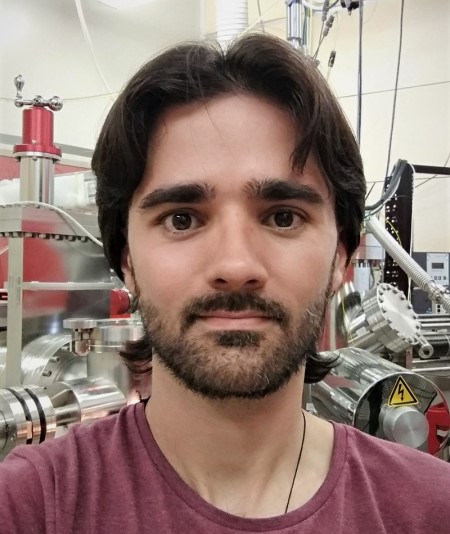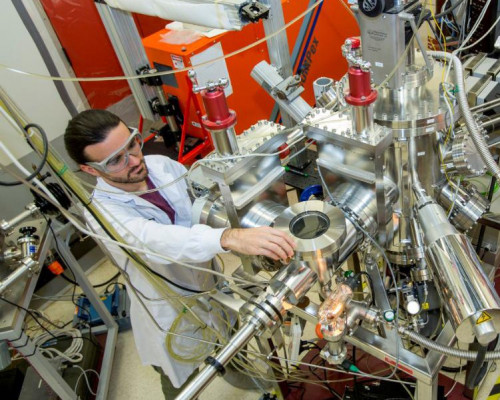Rodrigo Martinez Gazoni

2019: Dr Rodrigo Martinez Gazoni, University of Canterbury, has been awarded a Rutherford Foundation postdoctoral fellowship for research entitled: ‘Novel and easily-scalable metamaterials for energy and environmental applications’
About the Fellow
Rodrigo was initially attracted to science by trying to understand how things worked. He says; “when I was a very young kid I would take apart my toys just to figure out what was behind the noise, light or movement they made. Putting the toys together was a completely different challenge. My interest in science only grew with time and I got hooked on that extraordinary feeling you get when you go from not understanding something to finally understanding.”
Rodrigo has applied this passion to the field of material science research, with the goal of creating materials with interesting and useful properties that are not found in nature. He is most interested in the physics behind these nano-structured materials and their tuneability. They have extraordinary potential for solving many of the environmental challenges society is currently facing.
In addition to research, Rodrigo runs community outreach events regularly and loves seeing the excitement and awe in the faces of kids (and parents) when they witness an experiment and outcome that is completely unexpected. Outside the laboratory, Rodrigo enjoys rock-climbing, mountain biking and hiking. Being from Argentina, he has spent many summers hiking and climbing in the Andes, in Patagonia. He studied music for several years, plays the flute, and speaks Spanish, English and a bit of French.

Dr Rodrigo Martinez Gazoni working in the laboratory. Photo: supplied.
About the Project
Transparent conducting oxides are exceptional materials because of their optically transparency and high electrical conductivity: two properties that are almost never found together in nature. This unique combination of properties could lead to the development of a bevy of new technologies with the potential to reduce the impact of our increasing demand for energy and resources on our taiao environment. While transparent conducting oxide films are a fundamental component of LED screens, scientists have only just begun to explore what other technologies might take advantage of these materials. Exciting potential abounds, including transforming any window into a transparent solar cell, new air purification products, and self-powered smart windows and displays. When combined with nano-engineering, the potential for these materials expands into environmental applications such as photo-degradation of contaminants, capture of pollutants, and industrial waste management.
Dr Rodrigo Martinez Gazoni’s new postdoctoral research aims to develop novel transparent conducting thin-films and nanostructured materials based on metal oxides, and to explore their potential applications. He will first develop affordable, environmentally friendly, and scalable protocols to fabricate transparent semiconducting films based on gallium-, tin-, and zinc-oxides. Then, using organic molecules as templates, he will tailor the nanostructure of these films and use them as the building blocks of nano-structured metamaterials. The specific optical and electrical properties of these materials will be customizable for different applications, depending on the templating molecule chosen and on the nanostructure created. Finally, Dr Rodrigo Martinez Gazoni will use the nano-structured transparent conducting films to produce electronic devices including diodes and transistors, and materials capable of manipulating light in the nanoscale to enhance the performance of solar cells.
This project will expand our understanding and control of transparent conducting oxides, enabling the development of a wide range of environmental, energy, and industrial applications. The development of this innovative and scalable approach will bridge the gap between fundamental research and industrial applications and has the potential to contribute to the socio-economic growth and well-being of Aotearoa.
